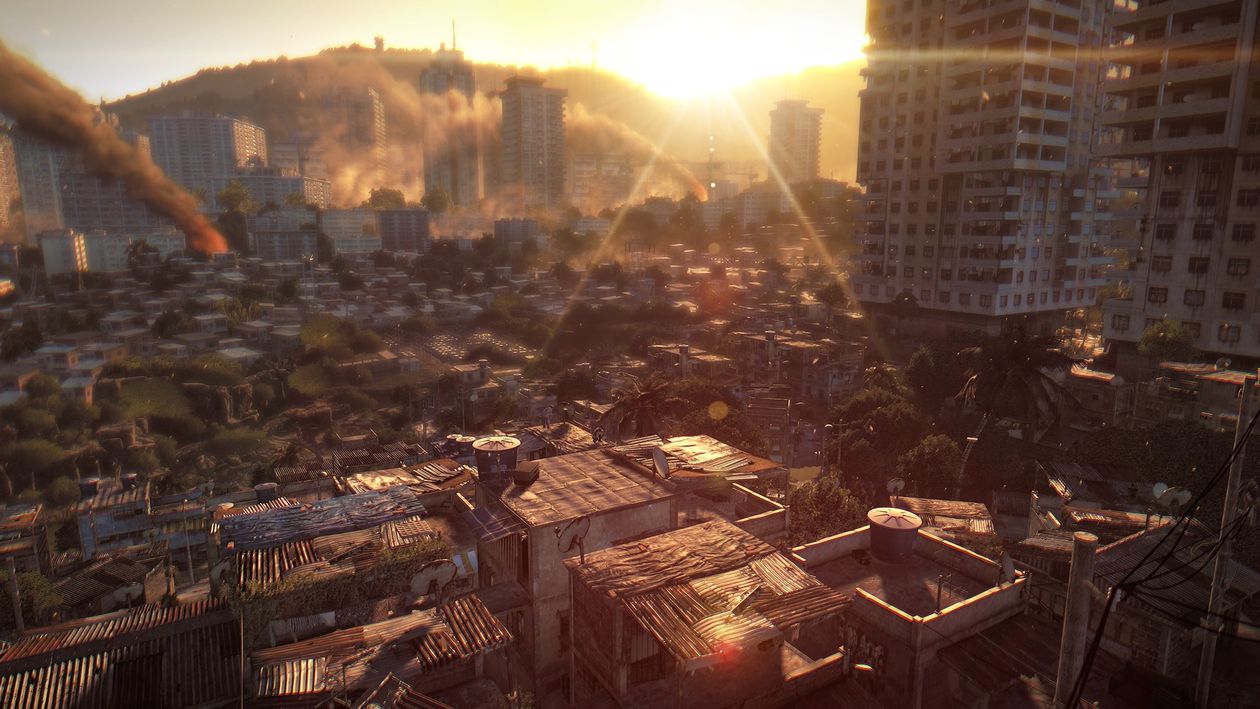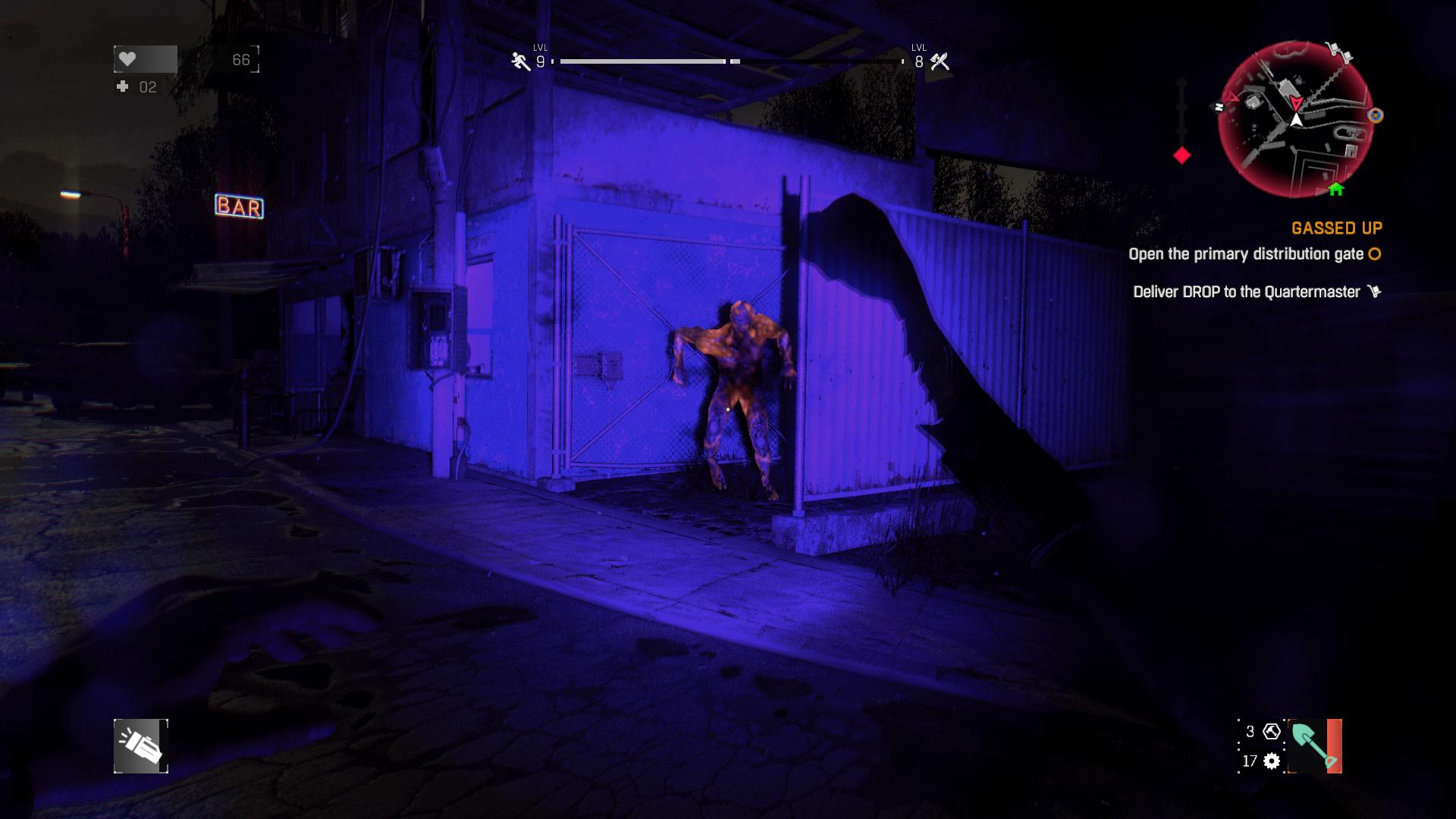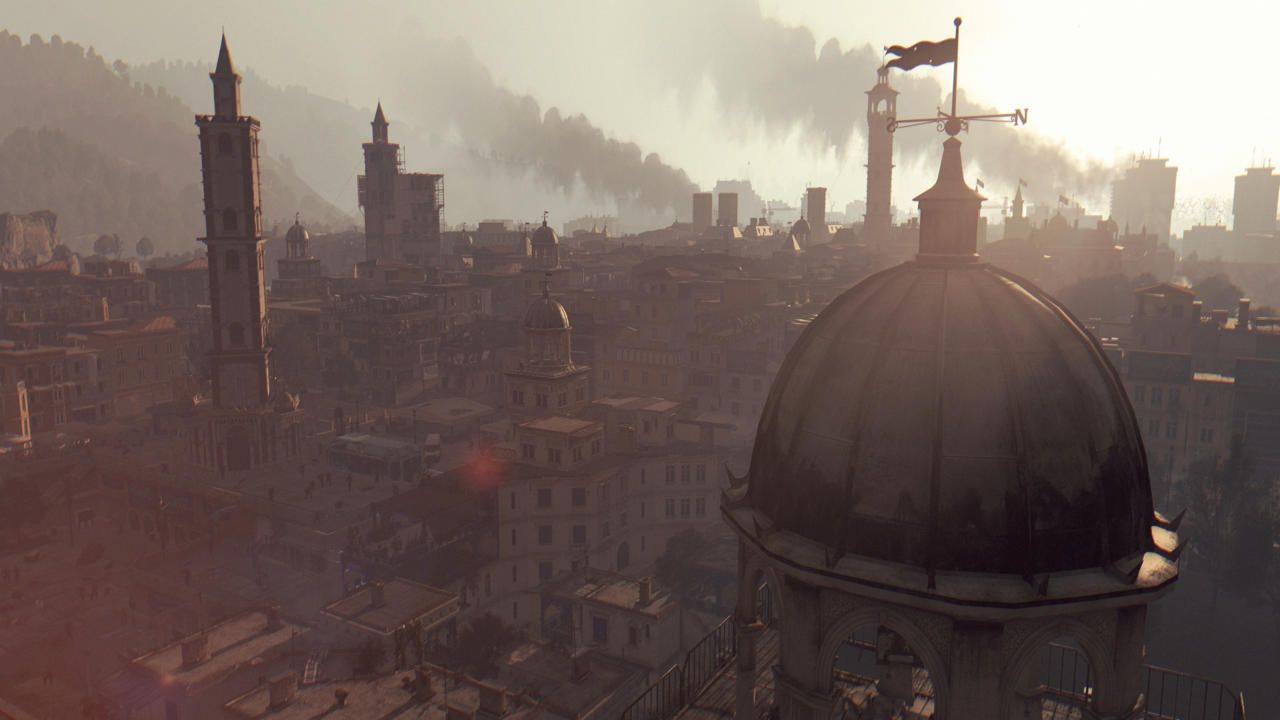

One of those options pops up quickly in the demo. Krakowiak believes mobility adds "more freedom to the sandbox," expanding the options that a player can explore in any situation. "If I'm trying to survive, shouldn't I be able to run, jump, climb, utilize the entire environment? Just walking on the street level isn't very smart for humans." "We looked at it from the direction of what was missing in zombie games," he says.

Krakowiak calls this addition "the simplest thing imaginable." He runs past zombies more often than actually fighting them, leaping across rooftops, crashing through barriers and generally vaulting over any obstacles that get in his way. When he sees the air drop, he vows to get to the supplies before anyone else.Īt odds with the methodical movement of Dead Island, Dying Light's main character is incredibly mobile. Supplies are limited and people are panicked. The unnamed protagonist lives in the middle of a quarantined zone in the city of Harram, a fictional locale inspired by the clash of cultures seen in cities such as Istanbul.Īlong with his partner Jade, the protagonist been locked in the quarantine zone for two months while the virus spreads and the city turns into more and more of a slum. The E3 demo begins with the main character watching a plane fly overhead and let loose two cargo drops a few miles away. The DNA is not hard to spot.īut Dying Light's surprisingly unique nature becomes more apparent in the details. You do sidequests for experience points, and there's even a crafting system that allows you to piece together weapons such as an electrified machete. You use melee weapons to decapitate and disable hordes of infected humans. It's set in a dusty, run-down city not unlike the middle section of Dead Island. No achievements or in-game incentives were needed to encourage me to be my most annoying cat self.Dying Light seems overly familiar at first glance. I delightfully scratched up furniture and toppled book stacks and knocked things off shelves and meowed a million times (mostly because Cheeto would meow back, or go searching for another cat). Whenever the kitty curled up for a nap, I would just sit and vibe, watching the camera slowly zoom back to reveal more of the gorgeous setting as gentle music played, listening to the city breathe while a gentle purr echoed through my controller. I don’t think I’ve ever spent so much time in a video game doing absolutely nothing. And I was absolutely okay with that, because “Stray’s” world is one you’re all too happy to bask in. This steady trickle of insight meant I never stopped scouring every area I entered for clues, eager to piece together the mystery of the city’s past. The bulk of “Stray’s” narrative is told through memories and the bits and pieces of information you glean from your surroundings as you trek upward through the city’s levels. The gun can easily overheat and has to recharge when it does, and that sound of a fuse blowing with a horde of Zurks scrambling toward me never failed to make my stomach drop. Even after you get a weapon (a ray gun operated by B-12 that fires UV rays) to fight against them, they still feel dangerous - especially in numbers.

Though I knew I could just restart the level if I died, their disturbing high pitched sounds and jerky movements were no less terrifying, and whenever one got a hold of me I would panic and mash the button to shake it off. They look like Half-Life headcrabs and latch onto you in a similar fashion.

The residents of the city’s slum live in constant fear of Zurks, little chittering critters that eat everything in sight and will swarm you on sight. Even still, it has no trouble establishing tension during its more action-packed sequences. “Stray” is not a difficult game by any means, and the stakes are low: You have an infinite number of lives, and there’s no fall damage.


 0 kommentar(er)
0 kommentar(er)
